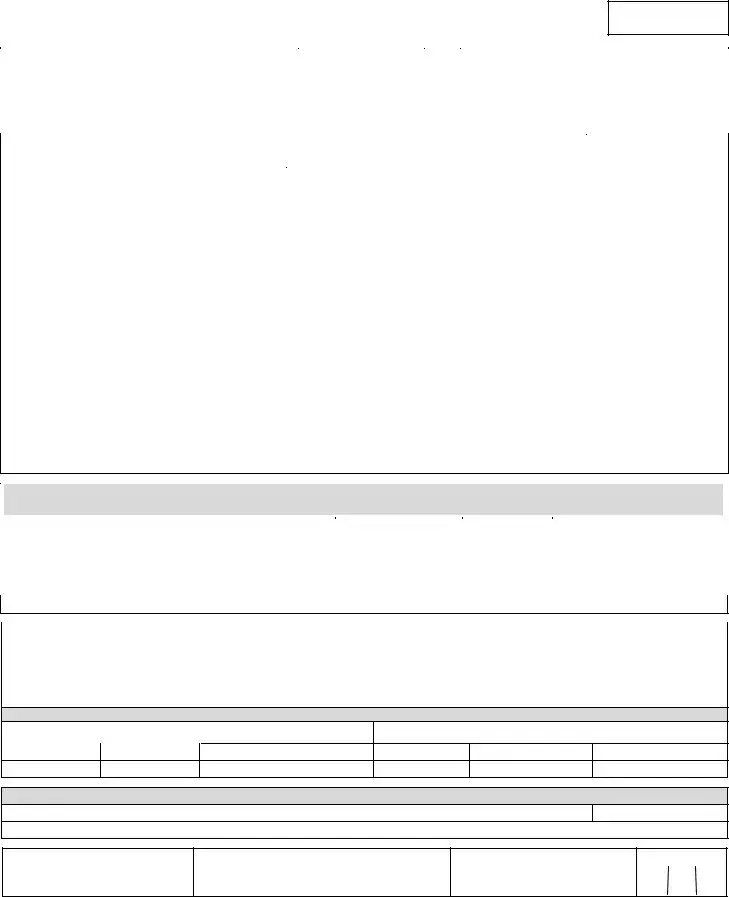In the realm of public health, meticulous reporting and data collection are paramount, fostering an environment where infectious diseases are tracked and managed effectively. Within this context, the Maryland Confidential Morbidity Report (DHMH 1140) serves as a critical instrument, designed for the diligent documentation of infectious diseases by physicians and other health care providers, excluding laboratories which are directed to use alternative forms. This report necessitates the disclosure of comprehensive patient information, including personal identifiers, demographics, and details pertinent to the diagnosed condition or disease. The form guides reporters through specifying the onset of the disease, potential hospital admissions, and whether the condition was acquired within the state, alongside suspected sources of infection. Intricately, it delves into determinants such as pregnancy status and exposure to vulnerable populations, highlighting the nuanced aspects of disease transmission and impact. Laboratory results, particularly for viral hepatitis and HIV/AIDS, are rigorously detailed, advocating for a clear understanding of the patient’s health status. Furthermore, additional case information sections emphasize the importance of recognizing and reporting on sexually transmitted infections (STIs) and tuberculosis, underscoring the breadth of conditions that significantly concern public health officials. Through its structured inquiries, the form demonstrates a methodical approach to disease reporting, vital for the effective monitoring, control, and prevention of infectious diseases within Maryland. The inherent detail and comprehensive scope of the Maryland Confidential Morbidity Report affirm its significance in the concerted effort to safeguard public health.
